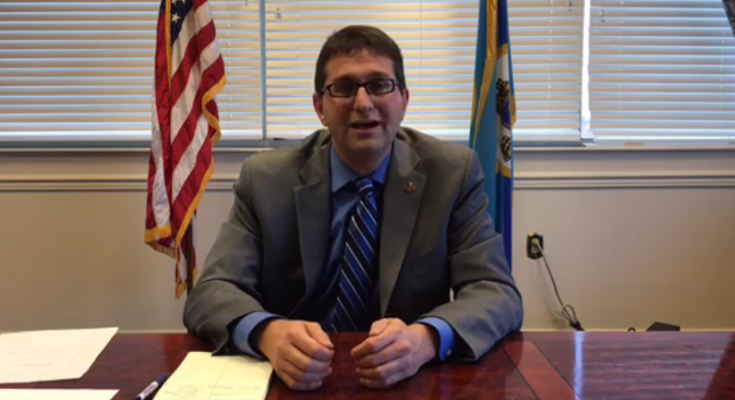New Castle County Executive Matt Meyer released the following statement today in response to a video circulating on social media regarding a New Castle County Police use of force incident in a parking lot on Route 40:
“We are aware of the recent video recording circulating on social media regarding a New Castle County Police use of force in a parking lot on Route 40. Our County Police have an obligation to serve and protect communities in a manner that first preserves the health and safety of all residents. And we have an obligation to do so equally across all communities in our county. There is body-worn camera footage that will be released to the public imminently. Colonel Bloch has ordered the incident to be investigated by New Castle County Police’s Professional Standards and Use of Force units. In addition, in collaboration with the New Castle County Police Accountability Board, we will be conducting a review of all policies, training, and practices with regard to de-escalation and cultural competency.”
Over the weekend, the video went viral, prompting multiple people to send it to local media outlets. The video begins with three officers in the process of detaining a woman. However, the video’s audio does not provide any context to the incident. The person filming repeatedly states that the woman did not do anything wrong but does not explain how they knew this. The short snippet uploaded starts after the woman is being detained and ends before the officers complete the detention. During this snippet, it appears that the officers did not move past the “Hard technique” mentioned in the use-of-force continuum provided below.
Meyer did not explain why he thought the officers might not have been treating the woman equally during the incident. He also did not say what level of escalation he thought was wrong.
After the statement was released on New Castle County’s Facebook page several people criticized Meyer’s statement in the comments.
Most law enforcement agencies have policies guiding their use of force, which describe an escalating series of actions an officer may take to resolve a situation. This continuum generally has many levels, and officers are instructed to respond with a level of force appropriate to the situation, acknowledging that the officer may move from one part of the continuum to another in a matter of seconds.
An example of a use-of-force continuum follows:
- Officer Presence: No force is used. Considered the best way to resolve a situation. The mere presence of a law enforcement officer works to deter crime or diffuse a situation. Officers’ attitudes are professional and nonthreatening.
- Verbalization: Force is not physical. Officers issue calm, nonthreatening commands, such as “Let me see your identification and registration.” Officers may increase their volume and shorten commands in an attempt to gain compliance. Short commands might include “Stop,” or “Don’t move.”
- Empty-Hand Control: Officers use bodily force to gain control of a situation. Soft technique: Officers use grabs, holds, and joint locks to restrain an individual. Hard technique: Officers use punches and kicks to restrain an individual.
- Less-Lethal Methods: Officers use less-lethal technologies to gain control of a situation. Blunt impact: Officers may use a baton or projectile to immobilize a combative person. Chemical: Officers may use chemical sprays or projectiles embedded with chemicals to restrain an individual (e.g., pepper spray). Conducted Energy Devices (CEDs): Officers may use CEDs to immobilize an individual. CEDs discharge a high-voltage, low-amperage jolt of electricity at a distance.
- Lethal Force: Officers use lethal weapons to gain control of a situation. Should only be used if a suspect poses a serious threat to the officer or another individual. Officers use deadly weapons such as firearms to stop an individual’s actions.
Further updates will be provided as the investigation proceeds and additional footage is made public.

